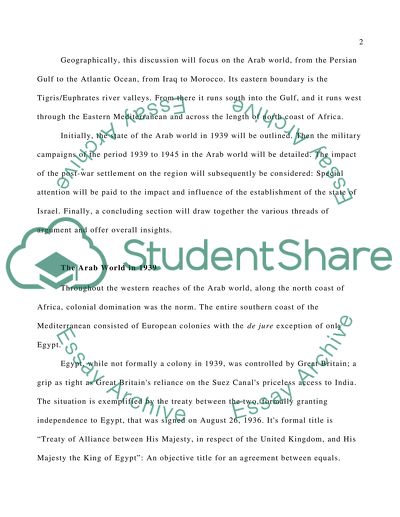Cite this document
(“World War II and the Arab World Essay Example | Topics and Well Written Essays - 4000 words”, n.d.)
Retrieved from https://studentshare.org/history/1406648--the-effects-of-second-world-war-on-arabic
Retrieved from https://studentshare.org/history/1406648--the-effects-of-second-world-war-on-arabic
(World War II and the Arab World Essay Example | Topics and Well Written Essays - 4000 Words)
https://studentshare.org/history/1406648--the-effects-of-second-world-war-on-arabic.
https://studentshare.org/history/1406648--the-effects-of-second-world-war-on-arabic.
“World War II and the Arab World Essay Example | Topics and Well Written Essays - 4000 Words”, n.d. https://studentshare.org/history/1406648--the-effects-of-second-world-war-on-arabic.


